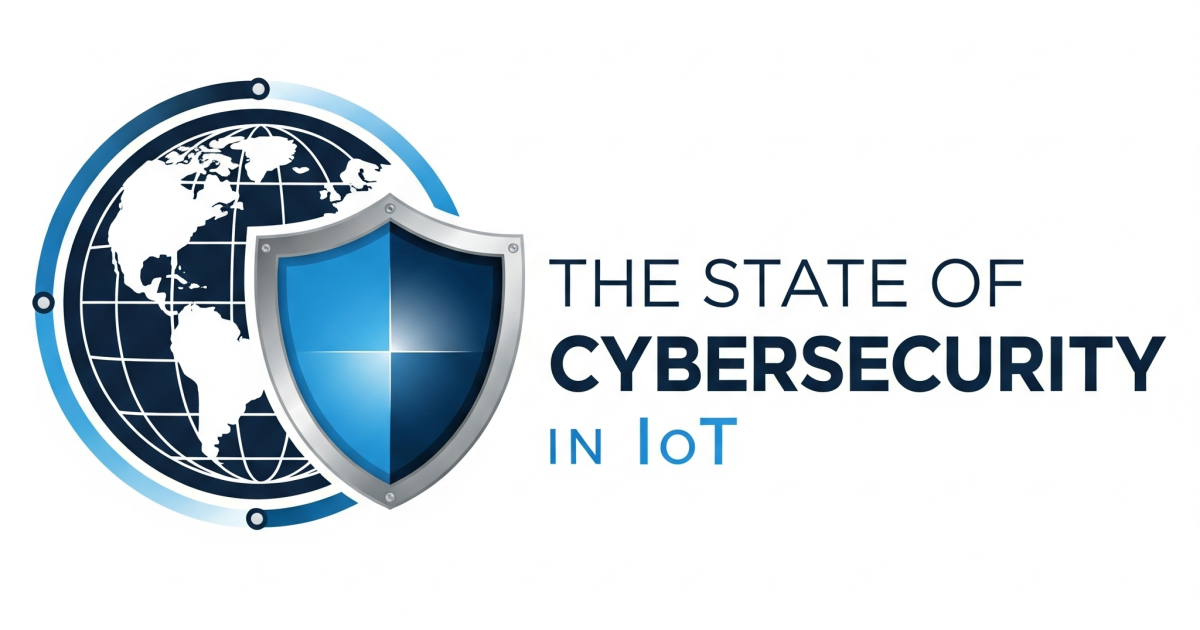If you were to read most of the articles, you would think the concept of a smart city is relatively new. Well, it is not. A publication in California laid the foundation for smart cities way back to the late 1960s. However, recent innovation is what led to the current concept of smart cities and now, emerging technologies coupled with creative strategies are poised to expand the concept and take it in a slightly different direction. State and local governments have taken a very cautious approach when it comes to adopting and or migrating to a smart city model. While there are many reasons for this approach, the primary reason is economic risk. The sluggish economy and the debt load of many communities have elevated risks to the level where officials have chosen the slow and steady path ahead. Well now developers are beginning to see the opportunities and take action to move this concept forward.
Ever heard of Smart Communities? Not many people have, but recent conversations indicate there is a fair amount of thought that has gone into that concept. Driven by the private sector, smart communities employ some of the same models leveraging automation and intelligence, but at a level appropriate for a location with a specific group of people with similar characteristics. One such model that appears to have a solid foundation is a smart community specifically designed for those 55+ or as they are sometime called empty nesters. Some of the plans fully integrate the connected car which is rapidly evolving, smart roadways, smart homes and even clothing (wearable computing). Here are the top four smart areas that are common to the smart community concept.
- Smart Energy Management (built into the buildings, homes, street lights and so on)
- Smart Construction (buildings, homes, roadways and other areas)
- Smart Systems (water, traffic control, lighting, waste management and physical access control)
- Smart Governance (community communications, policies, and adoption of smart lifestyles)
The massive amount of data collected or created by all the systems and sensors provides unique insights into the daily and seasonal operation of the community. When properly analyzed, this allows the community systems to become predictive and in some cases proactive, thus increasing the efficiency with which the community operates. We should not forget the added convenience, safety, security and comfort that the community provides. Other meaningful benefits that a community such as this has is the feeling of belonging that a highly connected community model like this bring. While we are very early in the stages of conceptual design, this model certainly has room to grow. Other community models might include young business professionals. All in all, the sense of community coupled with an acknowledgement of resident/occupant interdependence is seen to be one of the more significant soft benefits. One has to wonder when models such as these will begin popping up in new developments that are just a few miles away. First one and then another and in a decade or two the smart communities will evolve into a smart township or city.
Kevin Coleman is a trusted advisor, author, and speaker to some of the world’s most progressive organizations, including multiple Fortune 500 businesses as well as the United Nations, the Congress of the United States, U.S. Strategic Command, and many more. Kevin has briefed executives in 42 countries around the world. With Kevin’s more than 20 years of success in the development and implementation of cutting-edge technology strategies and his tenure at Netscape as a Chief Strategist, he is able to provide riveting insight on strategy, innovation, creativity and the high velocity technology era that is just around the corner.
Edited by
Kyle Piscioniere





